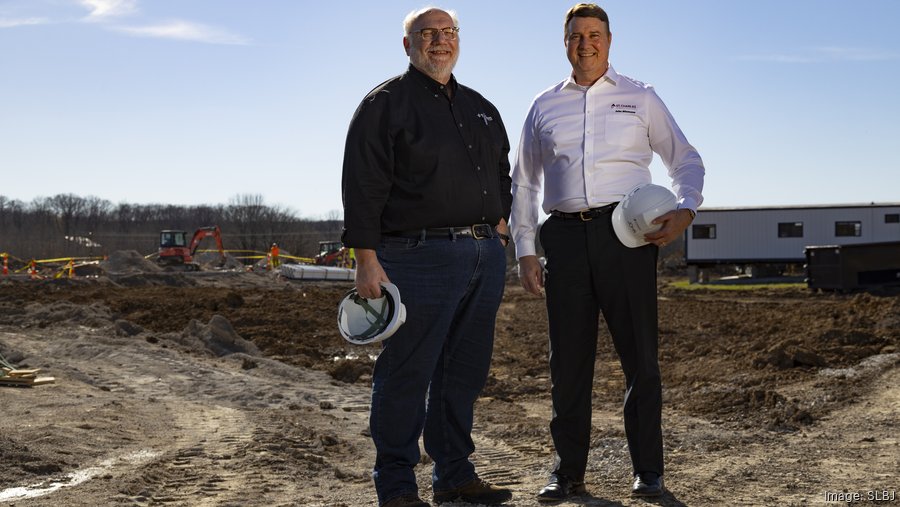Listen to this article 5 min
Along Interstate 70 in Wentzville, construction continues on a $36 million project that St. Charles Community College expects will transform workforce development in the region and also boost enrollment.
Scheduled to open in 2025, the Regional Workforce Innovation Center will be a 48,000-square-foot building housing training programs including machining, computer science, plumbing-pipefitting, advanced manufacturing and battery technology.
St. Charles Community College officials decided to tackle the project after concluding they needed more space to meet workforce demand from area employers and to enable students to get a certificate or degree leading to a high-wage job.
“It's one of those beautiful things where it all came together for the students, for the programming, for the community, and for our business partners,” said Amy Koehler, the college's provost and chief academic officer.
As community colleges grapple with enrollment declines caused in large part by the Covid-19 pandemic, they are pursuing workforce development as a key part of their strategy to reverse that trend, creating new programs to meet the needs of local employers and students.
The $20 million Advanced Manufacturing Academy is set to open for students this fall at Southwestern Illinois College on the Belleville campus. The $61 million Advanced Manufacturing Center on the Florissant Valley campus of St. Louis Community College is scheduled to open in 2025.
In addition, plans call for construction to start later this year on the advanced manufacturing center in north St. Louis led by a nonprofit group. The city of St. Louis plans to convert the former Killark Electric manufacturing facility, also in north St. Louis, into a workforce development hub.
“When it comes to workforce, the need is so great,” said Maggie Kost, chief business attraction officer at Greater St. Louis Inc., the region’s lead economic development agency. “I think it is wonderful that we have got these resources coming online. The other great thing is the way all of these partners are talking to each other and working together.”
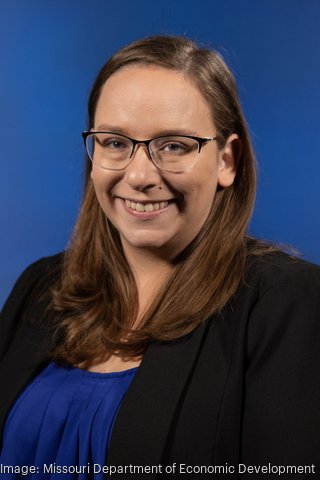
Student numbers dwindle
St. Charles Community College, Southwestern Illinois College and St. Louis Community College have seen their enrollment decline from the fall of 2018 to 2022. The largest decline was at STLCC at 21%, followed by SCCC at 7% and SWIC at 5.2%.
The numbers align with what has happened across the nation. An analysis by The Business Journals of federal data from The Department of Education found that the pandemic exacerbated enrollment losses, as students stepped away from their studies to work full time or care for family members.
The pandemic triggered deeper enrollment declines at STLCC because it serves a large part of the region from underserved communities, said Phyllis Ellison, associate vice chancellor of the college’s Workforce Solutions Group.
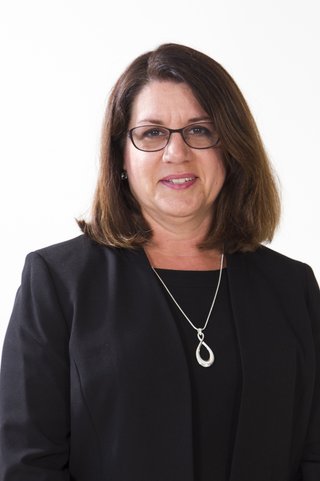
“Students who have lower income levels were hit hard because they were unemployed. So maybe they didn’t have money to spend on education and/or may have been front-line workers in service industries who were working extra hours and didn’t have time to be pursuing education,” she said.
Enrollment has increased since students were able to return to the classrooms and online learning remains significant enough to be considered a “fifth campus,” Ellison said.
The Advanced Manufacturing Center under construction on the Florissant Valley campus – among six new buildings on four campuses that STLCC expects to complete by early 2026 – is a key part of the strategy to increase enrollment.
The schedule is for short-term working training programs to move into the new center in the spring of 2025 and the engineering program will be relocated in August 2025.
Ellison said STLCC administrators are discussing how having students in manufacturing and engineering in the same building can be beneficial.
“We’re thinking about how we work with and for our corporate partners in an even closer way and how do we have greater outreach to the community,” she said.
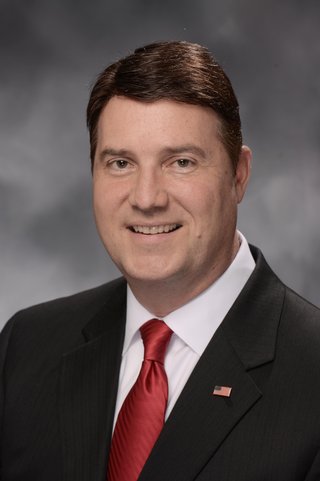
John Wiemann resigned in 2022 from the Missouri House of Representatives to become vice president of workforce and strategic initiatives at St. Charles Community College.
A major objective of the Regional Workforce Innovation Center scheduled to open in 2025 — and the campus that will be developed around it – is to increase enrollment, Wiemann said. The college made a strategic decision to locate the new campus in Wentzville because of the growth in western St. Charles County, as well as Warren and Lincoln counties.
“There are a lot of schools and universities that are struggling right now. It’s unfortunate and you are going to see more of that. We are in the position that we will be able to thrive. We are taking the steps to be innovative and find better ways of providing training that is in demand and educating our students so they can get into the workforce quicker,” he said.
Michael Conley, who became director of workforce development and career pathways at SWIC in August 2021, said one of his primary goals is to drive enrollment.
“Whether that’s for credit training or non-credit training that we’re doing for an individual employer, as long as it’s tuition dollars that are coming in and helping the institution do what it wants to do, that’s what’s important,” he said.
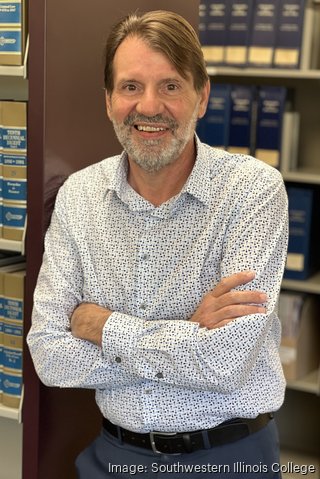
Conley said community colleges are going through an “evolutionary process” in which they need to make potential students and their parents understand that a four-year degree is not the only path to earning a high wage.
“We’re moving from a model of being cheap college for people who are ultimately going to transfer to four-year universities into really concentrating a lot more on career and technical education programs,” he said.
Nimbleness is key
Among the keys to success in workforce development is to not be “static,” said Kathy Osborn, president and CEO of the Regional Business Council. That means working closely with employers, who often are “ahead of the curve” in knowing the skills workers must have.
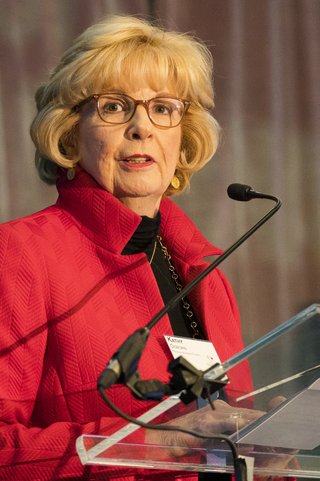
“Our training programs need to change to adapt to those workforce needs. Just about any occupation you go into, you’re going to need to have analytical skills. You’re going to need to understand not only things like (artificial intelligence) but basic things about math and computer science. I don’t think there’s a job around that somebody’s not going to hand you a computer and say, ‘log on' about what you’re doing,’’she said.
Ellison, the vice chancellor of STLCC’s Workforce Solutions Group, said one example of adapting to what students and employers need is the ongoing partnerships with BJC HealthCare and SSM Health.
STLCC collaborates with the health systems on a non-credit training program that combines six to seven weeks of classroom instruction with three to four weeks of clinical practice to become a patient care technician. The students go on the payroll from the first day they’re in the class, Ellison said.
“So many workers in our community are living paycheck to paycheck. The thought of taking off two weeks, 10 weeks, 22 weeks, or 26 weeks is just out of the question -- even if the tuition is covered. So I really love that we have some employers that are looking at using their recruiting dollars differently, to put them into stipends or actual payroll for those workers,” she said.
Conley, the director of workforce development and career pathways at SWIC, said the college’s partnership with West Star Aviation is an example of a program pivoting.
The state of Illinois provided a $400,000 grant to SWIC through its Job Training and Economic Development program. Of the total, $320,000 is available as an incentive for employers to adopt apprenticeship programs. The remaining $80,000 is for “barrier reduction services,” such as providing gas cards so lower-income workers can get to their job and helping them pay for rent and child care expenses.
SWIC is working with West Star Aviation, the Bethalto-based company which recently launched an aviation academy with the hiring of 25 apprentices. They are enrolled at SWIC and will get an airframe certificate after seven months.
Conley said SWIC hopes to award some of the $400,000 grant to West Star for its apprenticeship program. He said he originally wrote the grant request to the state Department of Commerce and Economic Opportunity for health care occupations, but he has had some challenges spending it.
“So we went back and requested a modification for aviation maintenance, which we got. It takes an ecosystem of workforce development agencies to make things work,” he said.
Koehler, the provost and chief academic officer at St. Charles Community College, said the design of the the Regional Workforce Innovation Center reflects the need to be nimble.
“The idea is to be innovative enough that whatever the next group of training is, the Center can change quickly to meet the next set of employer demands and student interest,” she said.
An example of not being static is the creation of two programs – mechatronics and interdisciplinary technology. The college has about a dozen certificates in specialized trades such as heating, ventilation and air conditioning — collectively called mechatronics. Students who earn two to three of the certificates and are in general education can get a two-year interdisciplinary technology degree.
“That is kind of a choose-your-own-adventure program,” said Rex McKanry, SCCC's dean of technology sciences.
Last year, SCCC launched the MegaTech program at a site next to Wentzville High School, introducing students there to advanced manufacturing and mechatronics. The program will be expanded and moved to the Regional Workforce Innovation Center when it opens in 2025.
“We just kept finding there is enormous demand for this kind of education,” Koehler said.
